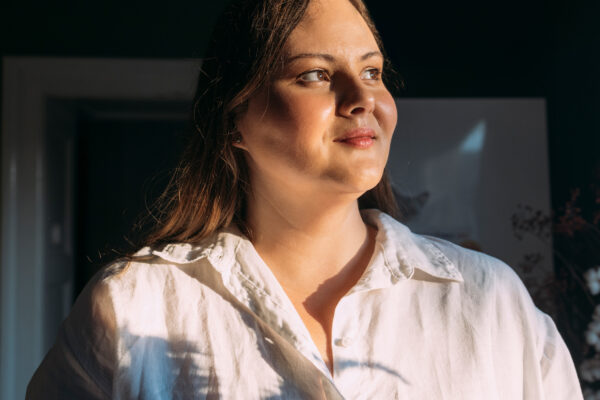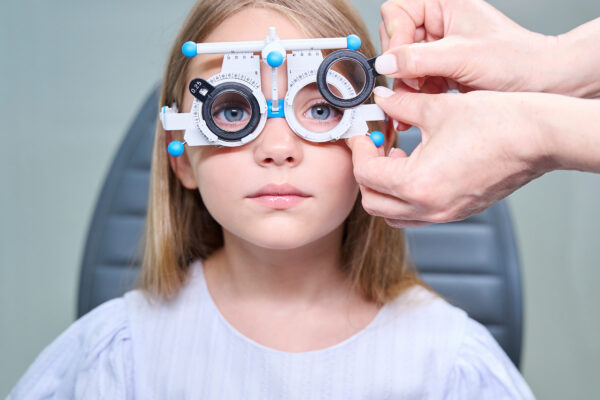The Surprising Science Behind Gender-Based Nutrition
By: Jamie Bussin
It probably comes as no surprise that men, with generally greater size and muscle mass, need to eat more than women. But did you know that women have different and specific diet and nutritional needs than men, particularly as they age? I discussed these differences with registered Dietitian Nicole Osinga in Episode #284 of The Tonic Talk Show/Podcast. This is a digest of that conversation.
Nicole specializes in areas including women’s health, digestive health, diabetes, and cancer. During the interview, she offered evidence-based insights into how women can tailor their diets to support overall well-being at every life stage.
Gender-Based Nutritional Needs
Nutritional needs indeed differ between men and women, particularly depending on life stage. For example, women of childbearing age require more iron due to menstruation, while women post-menopause need increased calcium to combat declining bone mass. These varying needs mean dietary patterns should evolve across a woman’s life.
The Underrated Role of Fat in Women’s Diets
One key concern Nicole encounters in her practice is the underconsumption of healthy fats among women, a trend she attributes to lingering dietary dogmas from the low-fat craze of the 1990s and early 2000s. A low-fat diet doesn’t necessarily equate to a healthy diet.
“Fat plays a crucial role in nutrient absorption, hormone regulation, and satiety,” Nicole explains. “Without enough fat, women may feel hungry more often, which can lead to increased snacking and sugar intake.”
While the perception of fat has shifted, Nicole emphasizes that many women still gravitate toward low-fat products like yogurt or restrict portions of foods like nuts, which can be counterproductive.
Practical Health Hacks
When asked about simple, high-impact health habits, Nicole emphasizes the power of planning and mindfulness. She encourages women to engage in basic meal planning—not necessarily cooking all meals ahead of time, but even small steps like prepping vegetables or planning breakfast can make a big difference.
Nicole is also a proponent of food tracking, not for calorie-counting alone, but for increasing awareness. “Using apps can help you monitor protein and fiber intake and reflect on how food affects your energy and mood.”
Women often don’t realize when their low energy is connected to nutritional deficiencies or poor meal timing. “Tracking helps create that mindful connection between what we eat and how we feel.”
The Nutrient Focus: Iron and Fiber
Two key nutrients Nicole sees many women falling short on are iron and fiber. For menstruating women, the iron requirement is about 18 mg per day—and even higher during pregnancy. While red meat is a well-known source, Nicole recommends integrating more plant-based options like lentils, kidney beans, and white beans. Pumpkin seeds and cooked spinach also rank high for iron content.
Fiber, similarly, is a common shortfall. Nicole suggests incorporating beans (a dual source of both iron and fiber), chia seeds, flax seeds, oats, and other whole grains. She advises women to consider meatless meals a few times a week to boost fiber and reduce saturated fat intake.
Reflective Tools for Holistic Wellness
Beyond food, Nicole recommends simple self-assessment tools. “Rate your energy, mood, and sleep on a scale of 1 to 5 each day,” she suggests. “This encourages reflection and helps uncover patterns. Maybe your sleep is poor because your dinner lacked protein, or your energy dips due to low iron.”
Exercise and Nutritional Timing
Many women understand the health benefits of exercise, particularly strength training as they age. A healthy diet can support those workouts. Nicole’s advice: tailor nutrition based on workout type and intensity.
For lighter activities like yoga, food intake can be flexible. But for more intense exercise like running or HIIT, pre-workout carbohydrates are key. “Low-fiber fruits or oatmeal are great pre-run choices,” Nicole says. “If you have more time before your workout, add protein—Greek yogurt is perfect.”
Post-exercise, she recommends a balanced meal including protein, healthy fats, carbs, and vegetables within one to two hours. If appetite is low, a smoothie with protein powder, fruits, veggies, and seeds like flax or chia can be an ideal option.
Final Thoughts
Nicole’s message is clear: women’s health requires individualized attention and intentional choices. Whether it’s understanding iron needs, embracing healthy fats, or using tools to reflect on wellness, small changes can yield big benefits.
Her philosophy champions not just eating well, but being aware of how food and habits influence overall quality of life—a refreshing, realistic approach to modern women’s health.




